From Crunching Numbers to Catching Clouds: A Quant’s Journey Into Aviation
There are few experiences that have made me question my life choices quite like willingly nose-diving toward the surface of the Earth at over 1,000 feet per minute, with g-forces strong enough to make my body feel as though it had doubled in weight. 'Wasn’t that fun—should we do another one?' my flight instructor asked, his smile beaming as he glanced at my mortified face. Welcome to aircraft spin recovery—lesson 13 in the Canadian commercial pilot training manual. Little did I know how intense, challenging, and ultimately rewarding the journey I was about to embark on would be…
Preface
In late 2022, following the infamous demise of FTX, many in the crypto industry were left in disarray, uncertain of how to proceed. The firm I previously worked for, LedgerPrime, was indirectly owned by FTX through a corporate acquisition. Unfortunately, as a direct fallout from FTX's collapse, LedgerPrime had to shut down. Left with an abundance of time and surrounded by the negative sentiment pervading the industry, I was eager to focus my efforts on something productive and engaging to keep me busy during the bear market.
Then, one day, a good friend made an unexpected suggestion: why not take up flying and consider getting a private pilot's license? Despite my fascination with business jets, I had never been particularly drawn to aviation as a child. Intrigued, I took his advice and signed up for my first flight. I still vividly remember that day, soaring through the skies in the glorious PA28.
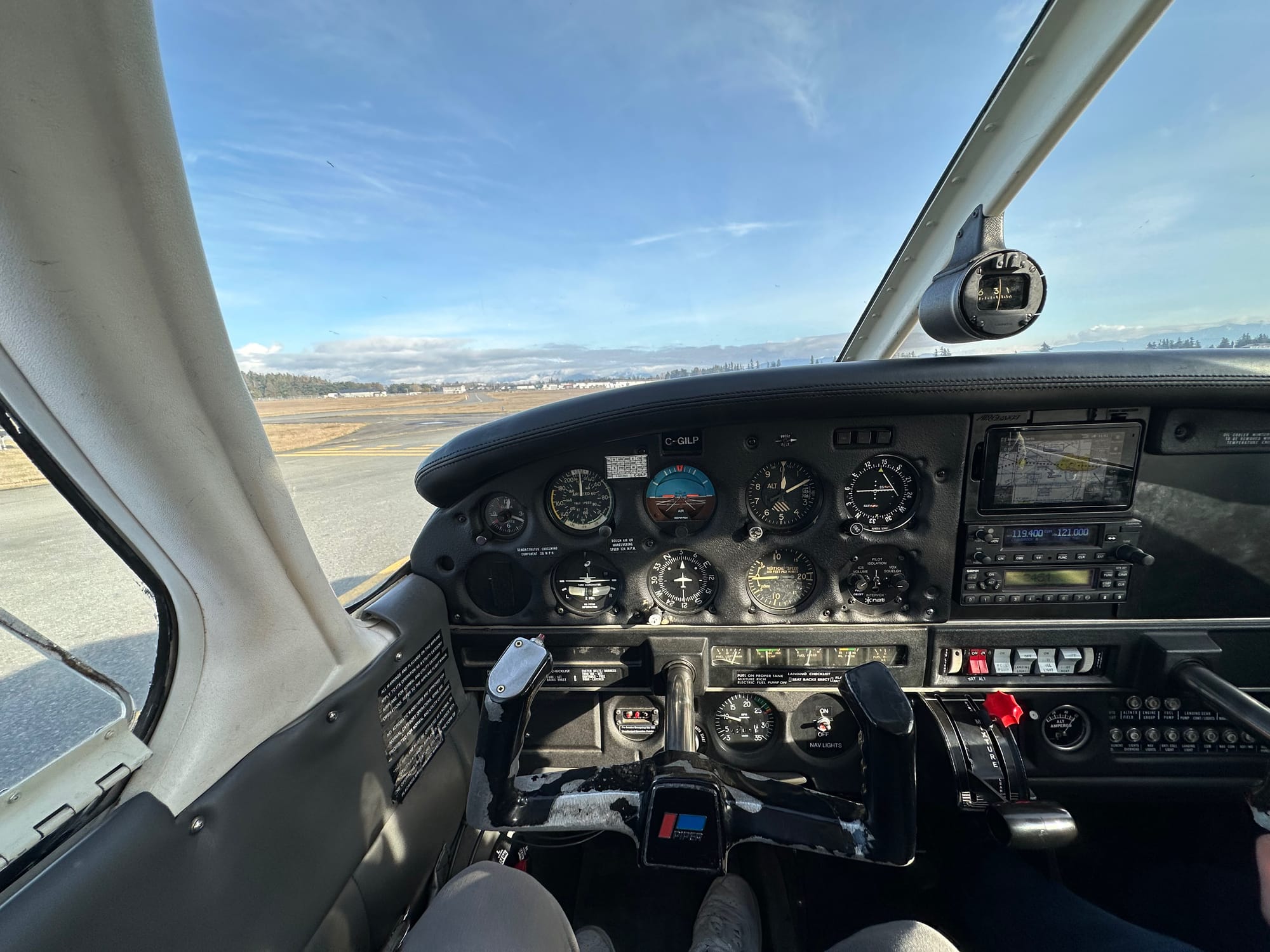
My first flight in the cockpit was both mesmerizing and overwhelming—there was so much to take in, as this was a completely foreign environment. One of my fondest memories from my private training occurred during a session practicing take-offs and landings. As we aligned ourselves parallel to the runway, my instructor contacted ATC mid-air to request a full stop back at the airport. Then, he turned to me and announced that he wanted to send me up for my first solo flight. My stomach sank. Up until that moment, I always had the reassuring presence of my instructor beside me. Now, I was about to be alone in the cockpit, a thousand feet in the air! As nerve-wracking as it was, that solo flight became one of the most memorable milestones of my aviation training. After about six months of consistent training and studying, I was fortunate to be awarded my private pilot's license.

But then I thought, why stop here? While the foundational requirements for commercial aviation share similarities with private aviation, the path to becoming a commercial pilot involves more stringent challenges. The written examination is tougher, and the criteria for the flight test are more precise. Additionally, the commercial pilot training includes several advanced skills and hour requirements, one of which involves simulating an engine failure in flight—effectively turning your plane into a heavy glider and landing on a pre-determined spot on the runway. I reasoned that even if I continued to fly solely for my private recreation, enhancing my skills to this level of proficiency would not only improve my abilities as a pilot but also bolster my confidence knowing I could meet these rigorous standards.
After some of the most intense, challenging, and enjoyable months of my life, I am incredibly grateful to now be officially licensed as a Canadian commercial pilot. A key requirement for the commercial license is accumulating a certain number of hours as the “pilot in command”—which means flying without an instructor on board. This requirement afforded me the opportunity to fly to some of the most beautiful spots in British Columbia, turning my training sessions into breathtaking journeys across spectacular landscapes.

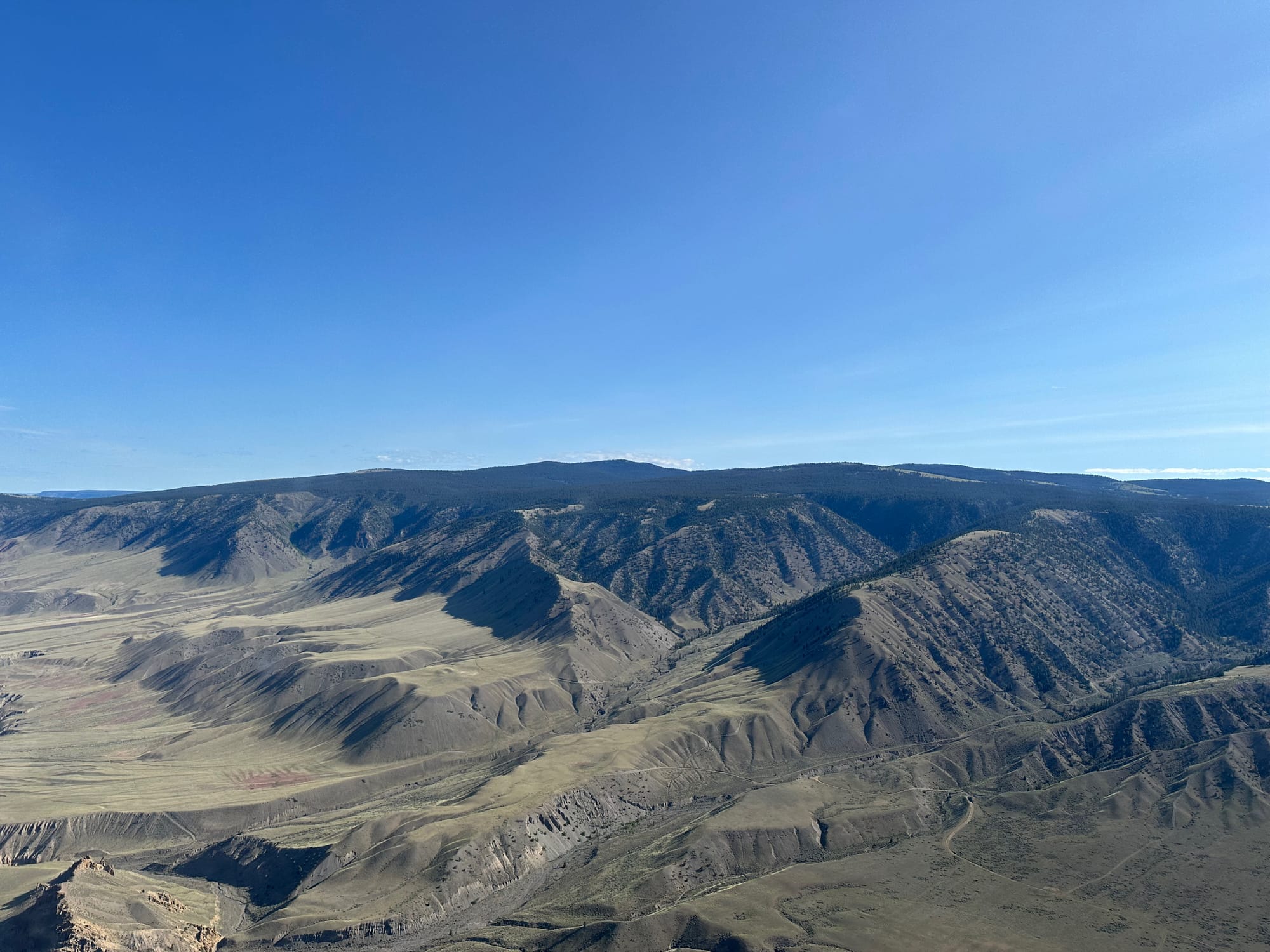

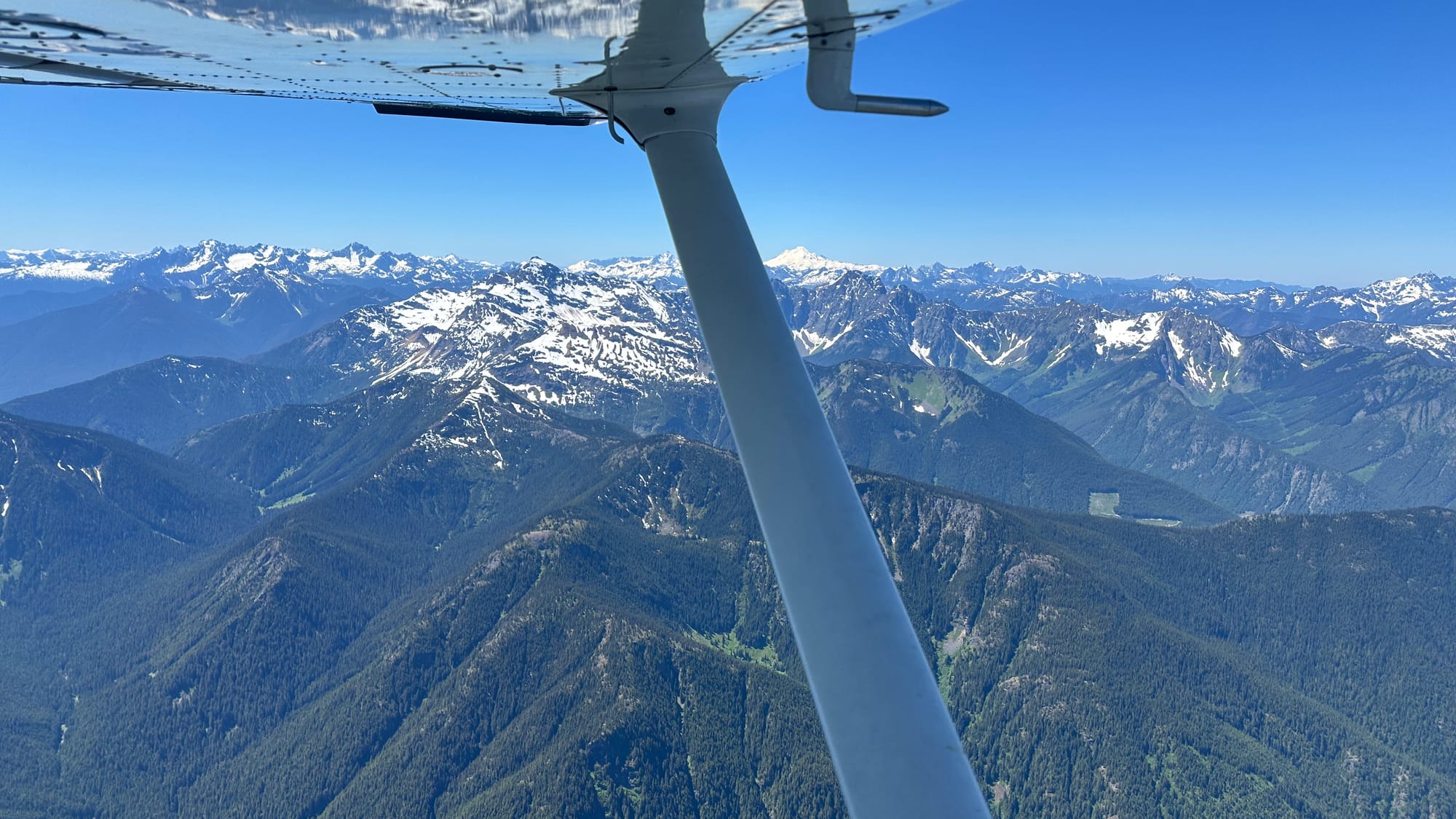

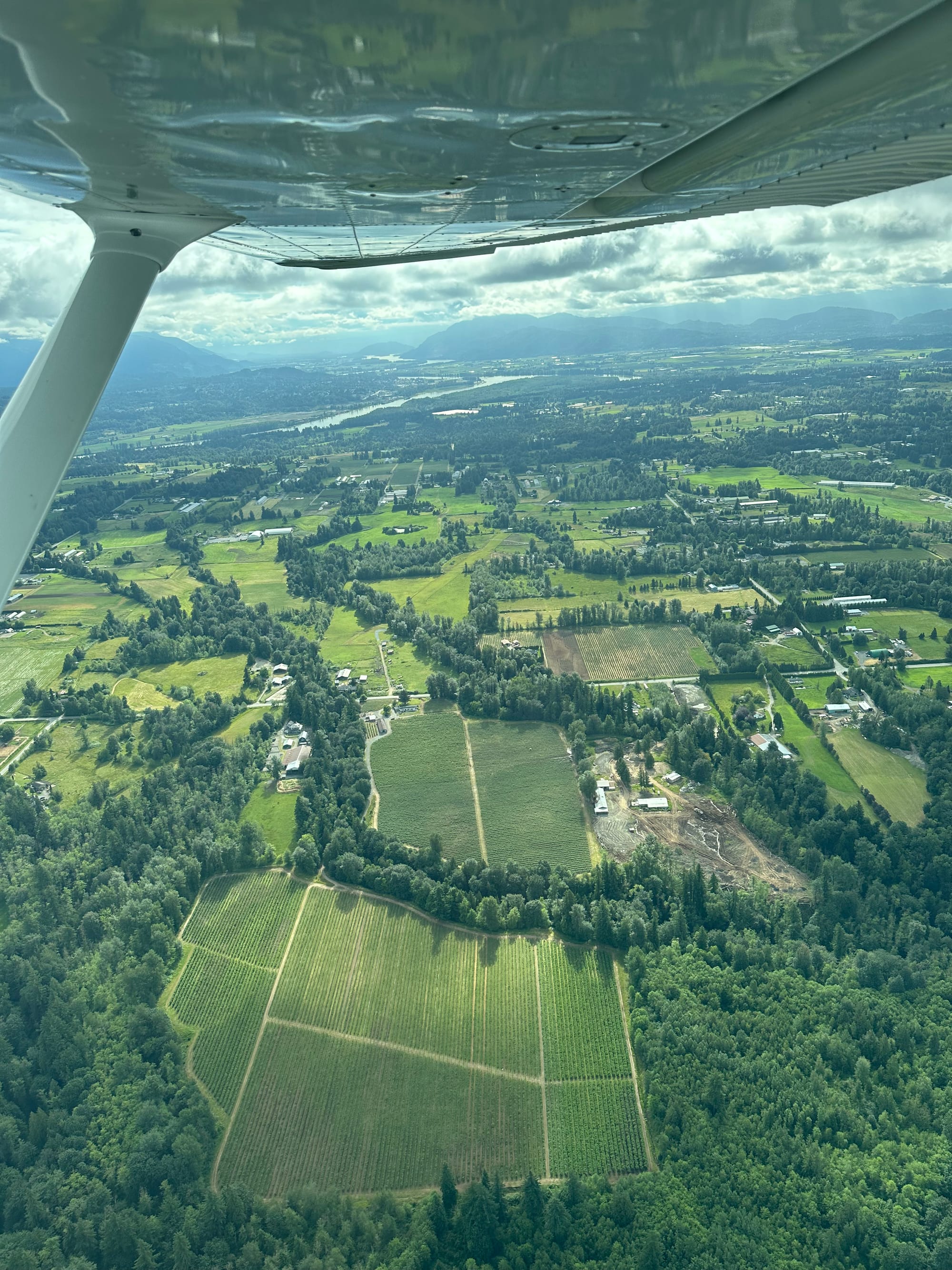

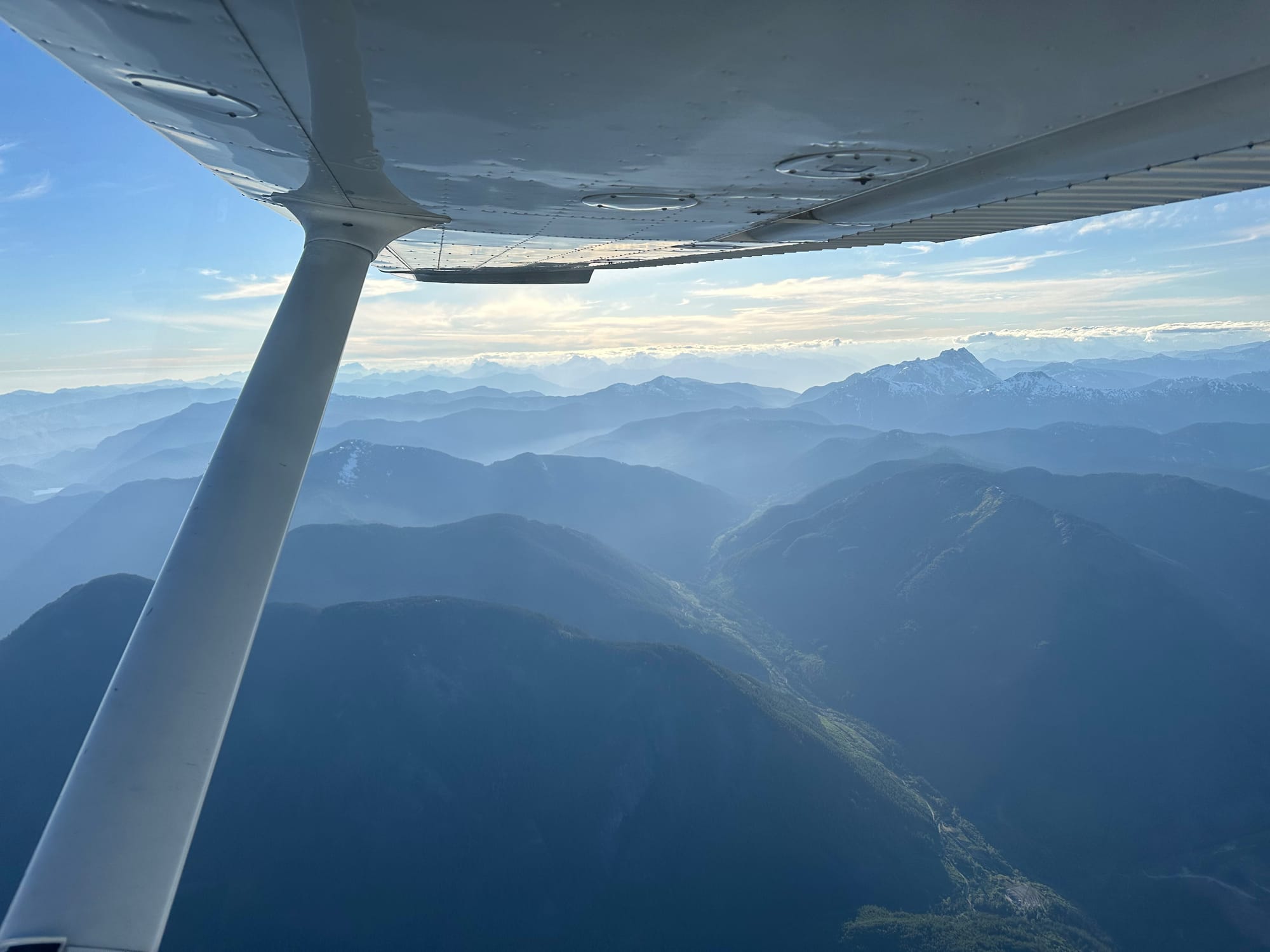
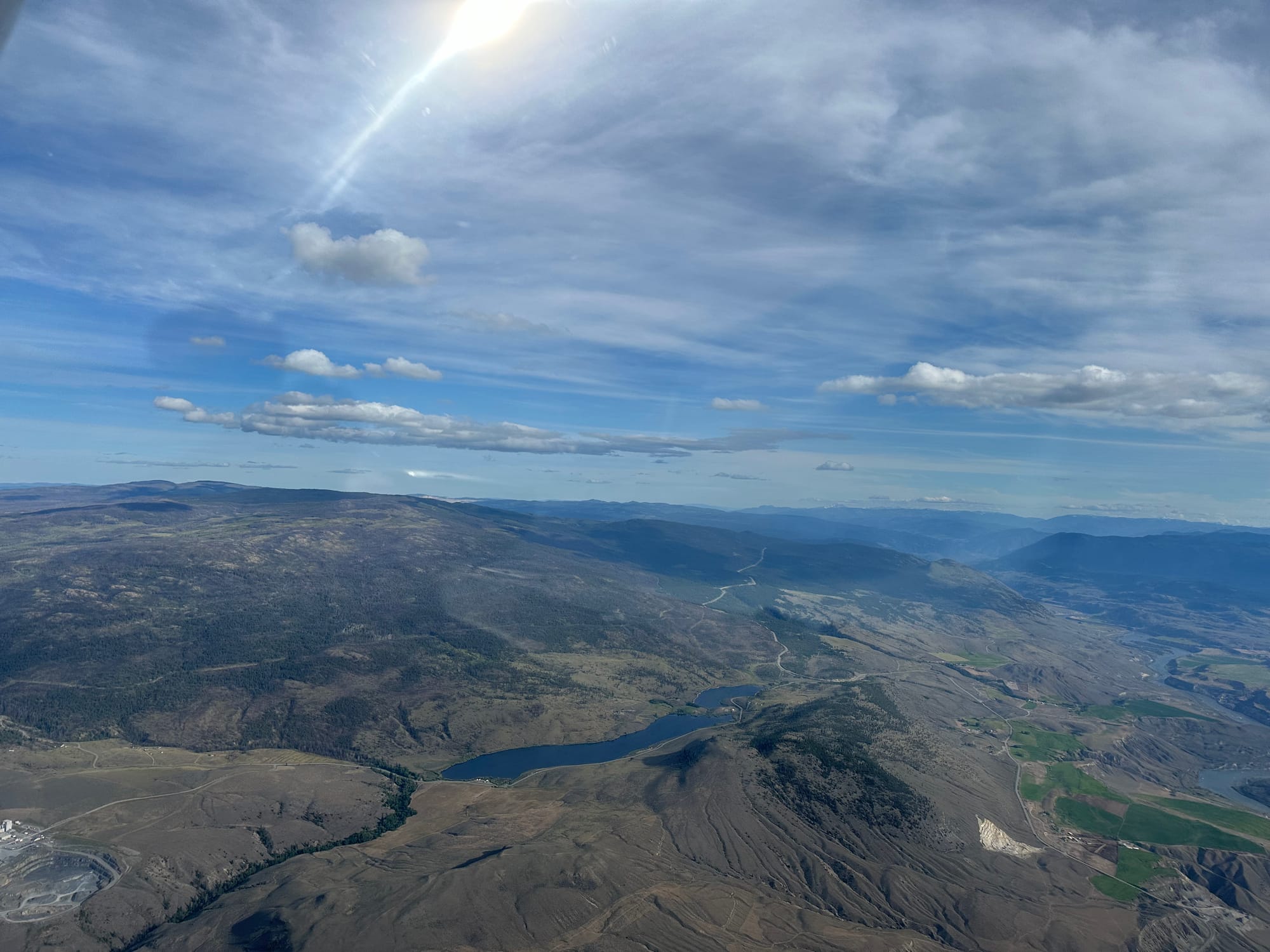
One of my fondest experiences during my commercial training was visiting the executive terminal at Kelowna Airport, a hub frequented by sleek corporate business jets. After fuelling up my humble Cessna 172, I noticed the captain of an Embraer Legacy 450 jet walking into the executive lounge. We struck up a conversation, and he was kind enough to give me a tour of his impressive aircraft. Standing inside the luxurious cabin of the Legacy 450, I was overwhelmed with a mix of awe and inspiration. Afterwards I was able to takeoff on the same runway following an Air Canada Boeing 737.
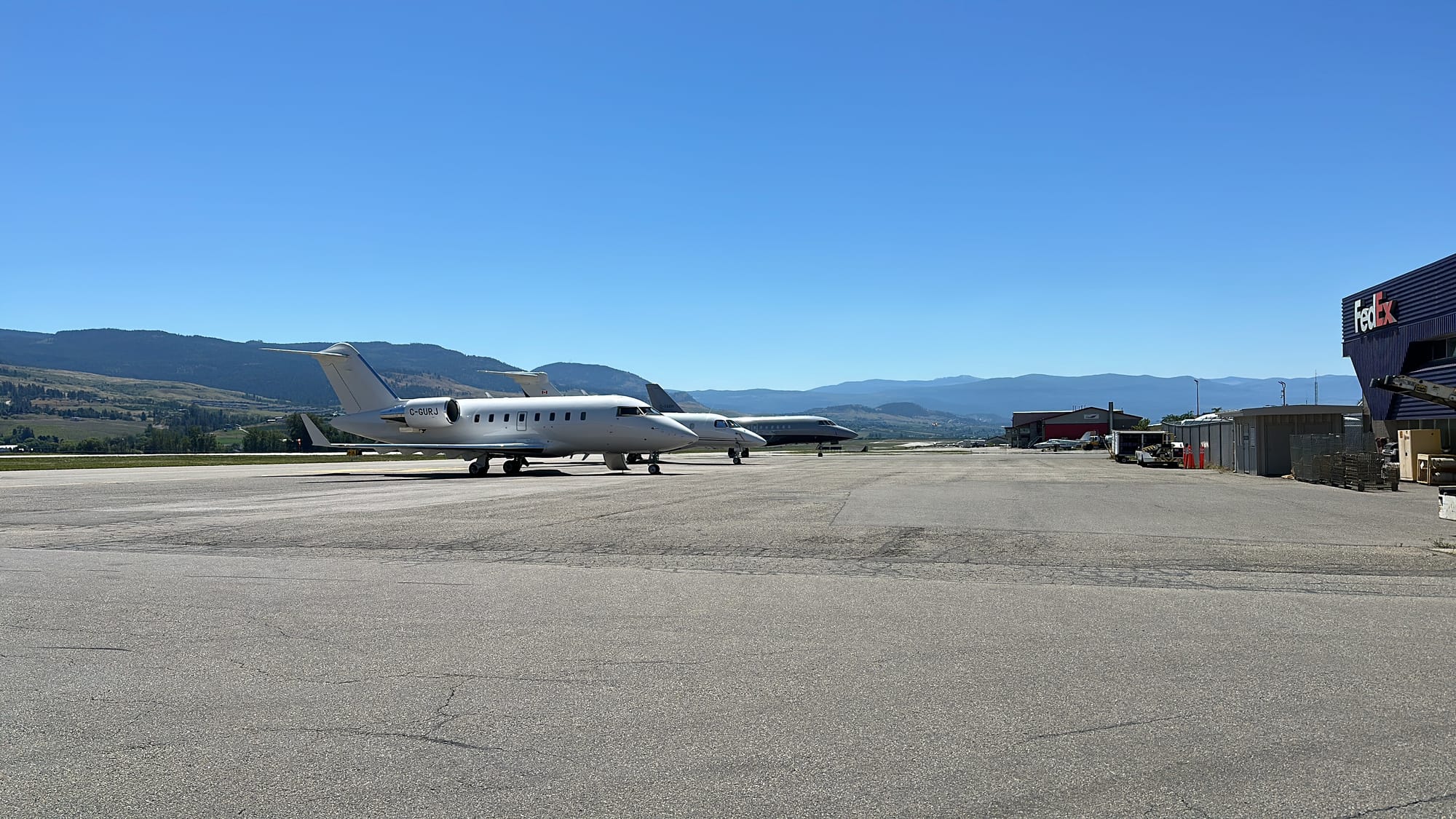
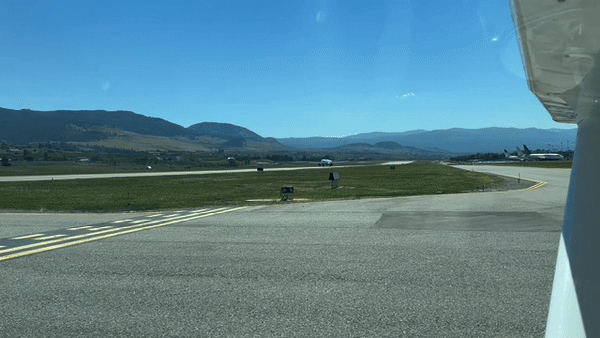
Overall, behind all the individual hard work and effort was a whole team of people responsible for this achievement. It’s been a long time coming, and I am acutely aware that none of this would have been possible without the opportunity to train at excellent flight schools, being taught by outstanding instructors, and a great community of top-notch pilots from around the globe cheering me on. Moreover, I sincerely appreciate the unwavering support from my family, friends, and colleagues who provided the encouragement and motivation needed, especially as training intensified near my commercial flight test.
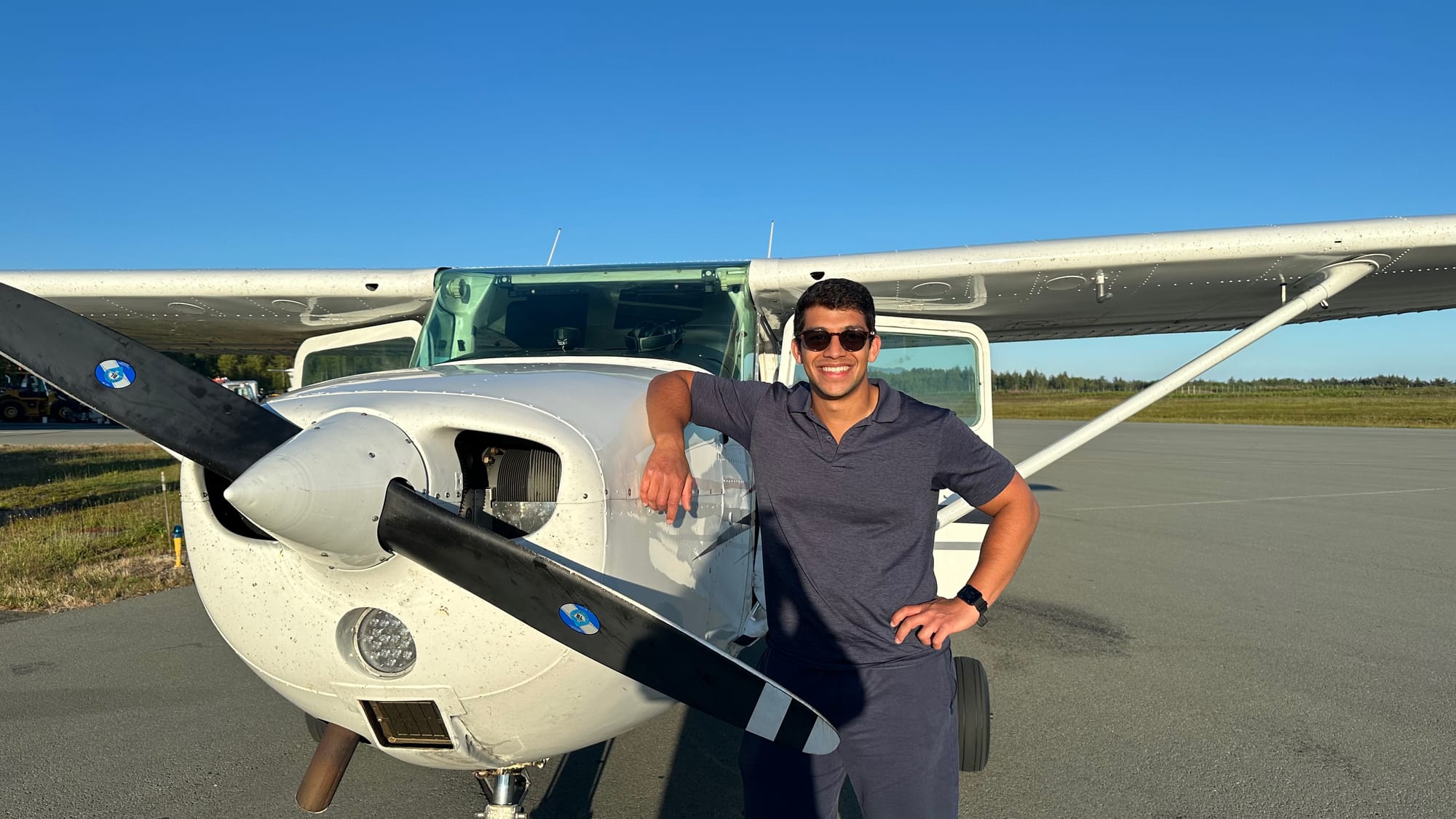
Currently, I am advancing my skills by working on my multi-engine aircraft and instrument rating in the state-of-the-art DA-42, one of the most advanced light twin-engine aircraft on the market. This aircraft's significant degree of automation and the inherent complexity of its systems means there’s hundreds of pages of training material to review and study—a daunting but exciting challenge.
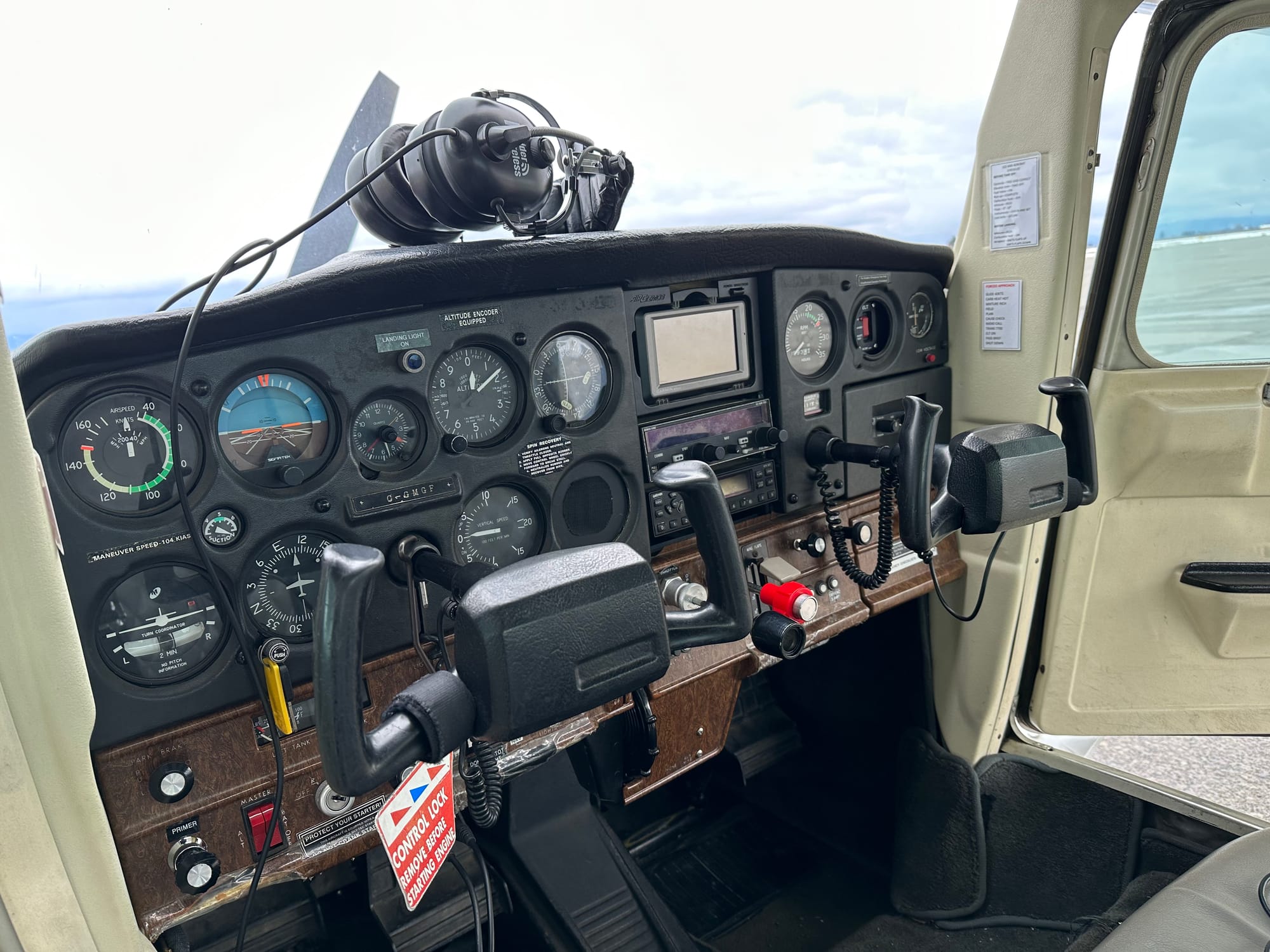

Started from the bottom, now we're here: From C152 to DA42
As for where life’s flight plan will take me, that remains up in the air. While I navigate the adventures of aviation, I will continue to engage within the crypto space, balancing these two distinct passions. But wherever the journey leads, here’s hoping for clear skies and favourable tailwinds!
